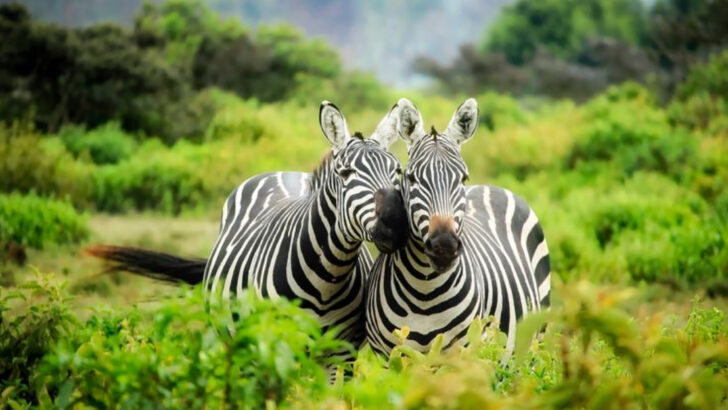Zebras are beautiful, wild creatures that have captivated us for centuries—but they will never be your pet. Despite their striking stripes and charm, these animals have a hard, undeniable truth: they can’t be tamed.
Unlike horses, zebras come with a wild side that’s impossible to ignore. Their instincts are strong, and their behavior? Unpredictable. Ever tried to saddle up a zebra? Good luck.
Zebras might look like they belong in your backyard, but they’re not cut out for domestication. Their history, biology, and stubborn nature all play a part in why they’ll never be part of your barnyard crew. Ready to understand why? Let’s dive in and explore these fascinating reasons that make zebras the untamable icons they are!
Aggressive Nature
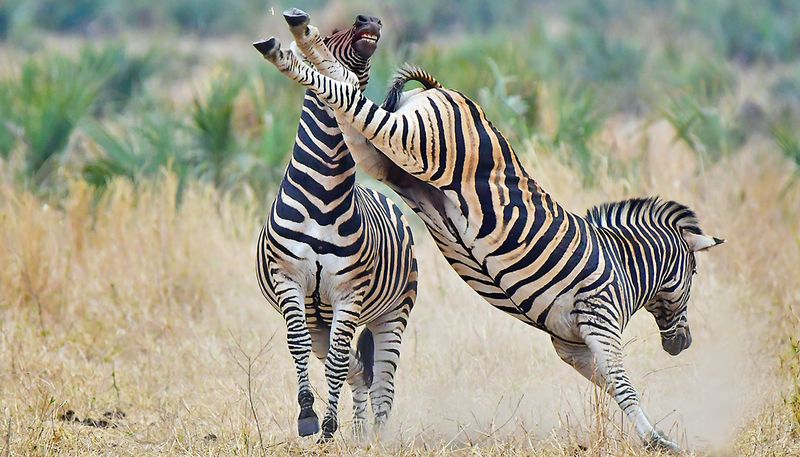
Zebras are known for their unpredictable and aggressive nature, which makes them difficult to domesticate. They often engage in fierce fights with one another, using bites and powerful kicks to establish dominance. This aggression is not just directed at other zebras but extends to humans as well.
Unlike horses, zebras are not easily trained or managed, and their hostility poses a significant risk to those attempting to handle them. The wild instincts of zebras are deeply ingrained, making them a challenging species to tame. This unpredictable behavior is a key reason why they remain undomesticated.
Strong Herd Instinct
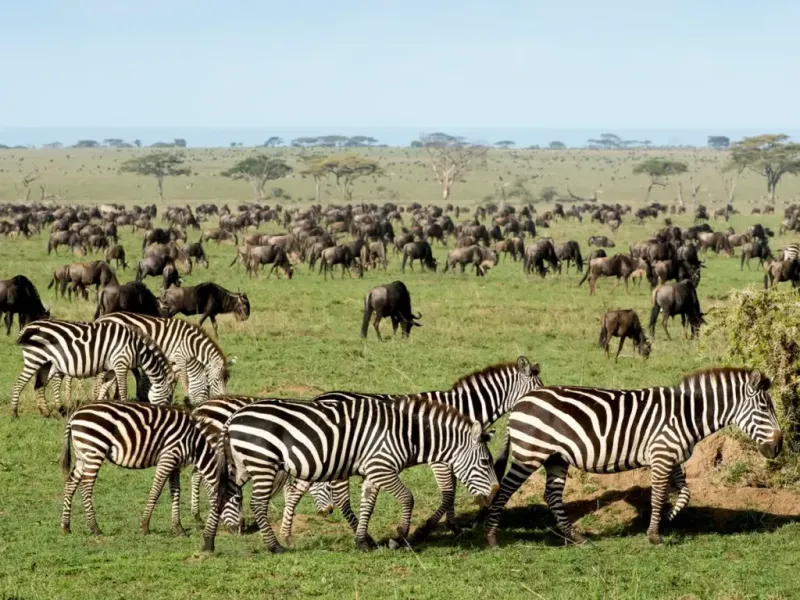
Zebras possess a strong herd instinct, making them highly reliant on the safety and support of their group. This instinctual behavior is vital for their survival in the wild, as it helps them protect against predators.
Domestication often requires isolation and individual training, which contradicts the zebra’s natural inclination to stay within a herd. The separation from their group can lead to stress and anxiety, further complicating any attempts at domestication. This inherent need for herd dynamics keeps zebras bonded to their wild lifestyle, making domestication a considerable challenge.
Flight Response
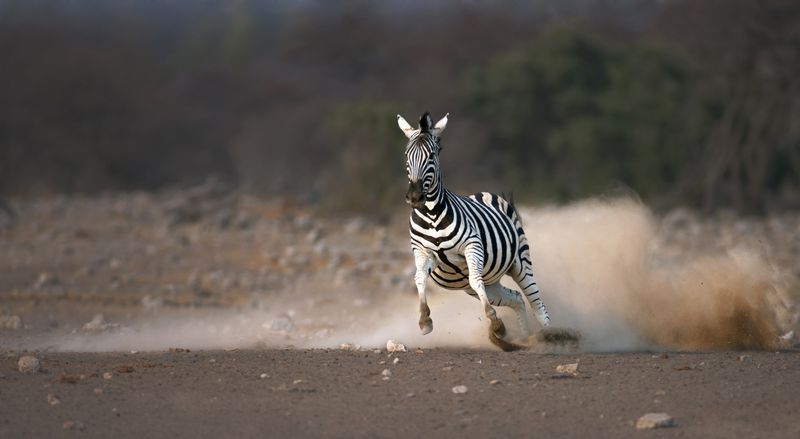
Zebras have an exceptionally strong flight response, making them quick to flee at any sign of danger. This instinct is crucial for their survival in predator-rich environments, where a swift escape can mean the difference between life and death.
This heightened flight response poses a problem for domestication, as zebras are easily spooked and difficult to control. Their inclination to bolt at the slightest provocation makes them unreliable and challenging to manage, particularly in human-centric settings. This flightiness is a fundamental reason why zebras resist domestication.
Complex Social Structure
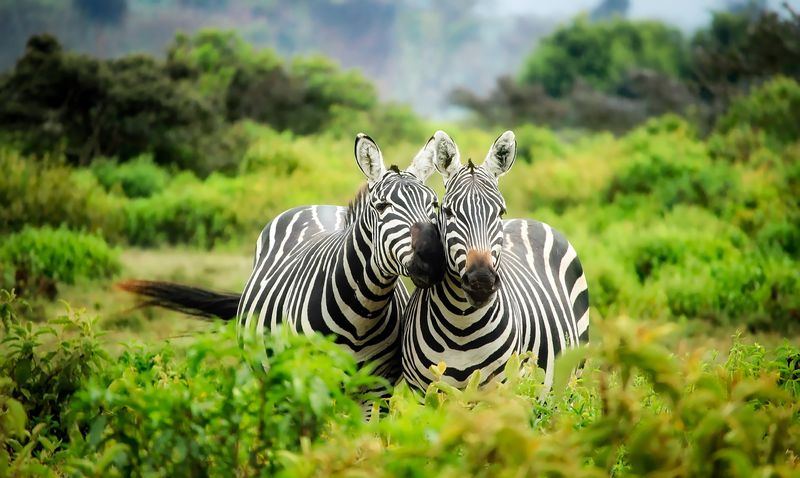
Zebras thrive within complex social structures, where roles and hierarchies are well-defined. These social networks are essential for maintaining order and cooperation within the herd.
The intricacies of zebra social behavior are difficult to replicate in a domesticated environment, where such structures are often disrupted. Domestication efforts can interfere with these bonds, leading to stress and behavioral issues. Understanding and replicating these social dynamics is difficult, making it hard to adapt zebras to domestic life while maintaining their natural social integrity.
Strong Defense Mechanisms

Zebras are equipped with robust defense mechanisms, such as powerful kicks and sharp bites, which they use to fend off predators. These physical abilities are essential for their survival in the wild.
However, these same traits pose a challenge in a domesticated setting, where such behaviors can be dangerous to humans and other animals. Their natural instincts to defend themselves aggressively make zebras difficult to handle and train, further complicating the process of domestication. This defensive nature is a pivotal factor in their resistance to being tamed.
Adaptation to Wild Environments
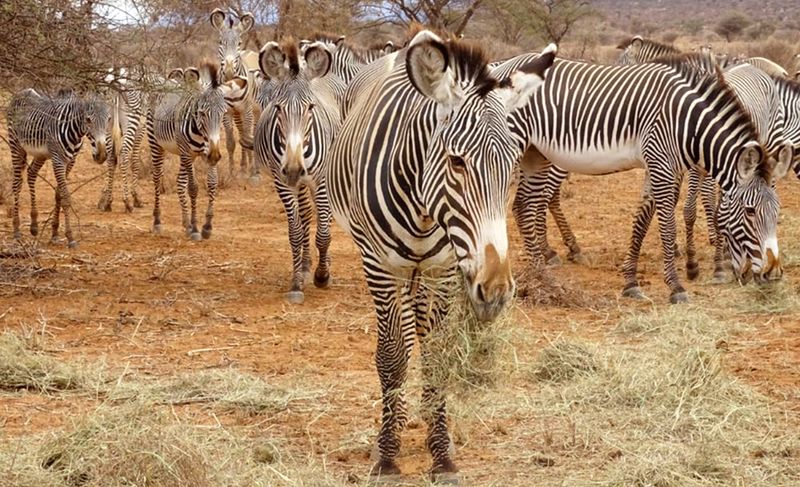
Zebras have adapted to thrive in harsh and unpredictable wild environments, a testament to their resilience and adaptability. This ability to survive in varying climates and terrains has equipped them with behaviors necessary for wild survival.
These adaptations, while beneficial in the wild, are not conducive to domestication, which often requires a more controlled and predictable environment. The zebra’s reliance on its wild adaptations makes transitioning to a domesticated lifestyle challenging, as it would require significant changes to their natural behavior and instincts.
Lack of Historical Domestication
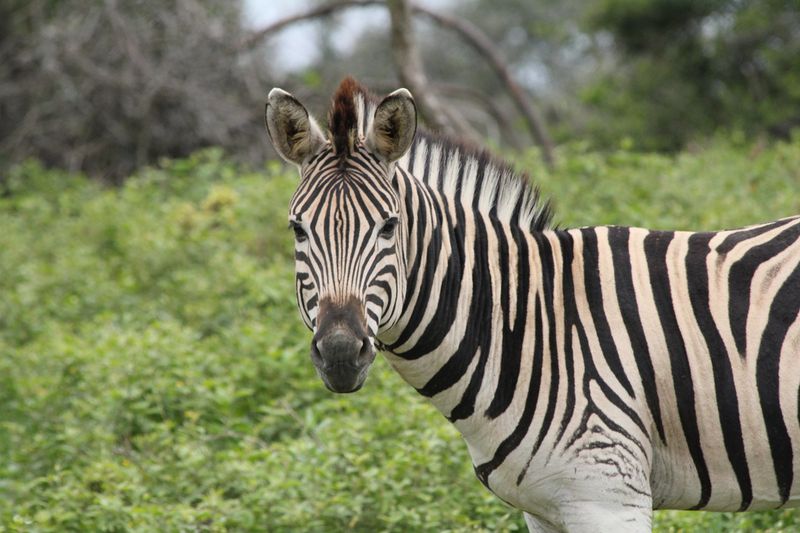
Unlike horses and cattle, zebras lack a history of domestication. Historically, humans have selectively bred animals over generations to enhance traits favorable for domestication.
Zebras have never undergone this selective breeding process, leaving them with all their wild traits intact. The absence of a domesticated lineage means that the foundational work required for taming zebras has never been established. This lack of historical domestication further cements their status as untameable animals, as there is no precedent or developed methodology for domesticating zebras successfully.
Dietary Needs and Habits
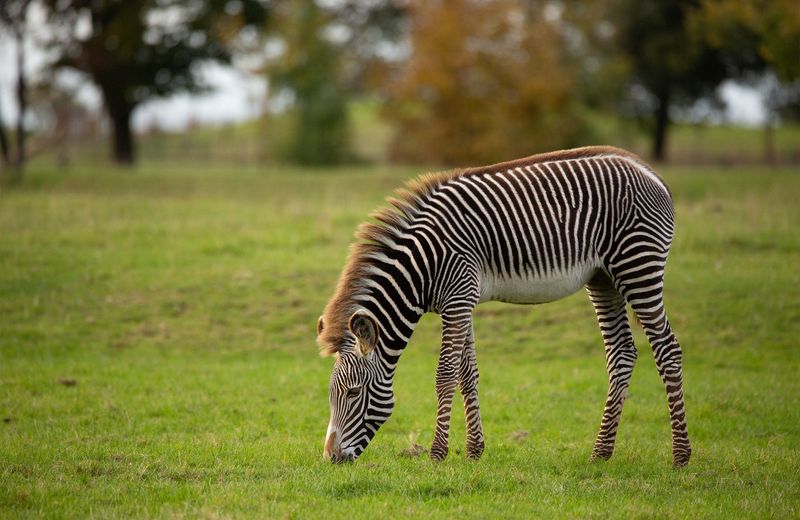
Zebras have specialized dietary needs that align with their natural habitat, primarily consisting of a variety of grasses. Their grazing patterns are adapted to the availability of food in the wild.
This specialized diet can be difficult to replicate in a domesticated environment, where food sources may differ significantly. The challenge of providing a suitable diet that meets their nutritional needs is a barrier to domestication. Ensuring that zebras receive proper nutrition in captivity is complex, requiring careful management and understanding of their specific dietary habits.
Resistance to Disease

Zebras have developed a natural resistance to many diseases prevalent in their wild habitat. This resilience is a crucial survival trait, allowing them to thrive despite exposure to various pathogens.
However, this resistance doesn’t always translate well in a domestic setting, where different disease pressures exist. Their unique immune responses can be difficult to manage and maintain outside their natural environment. Additionally, their resistance to certain diseases may come at the cost of vulnerability to others, complicating health management in captivity.
Strong Instinctual Behaviors
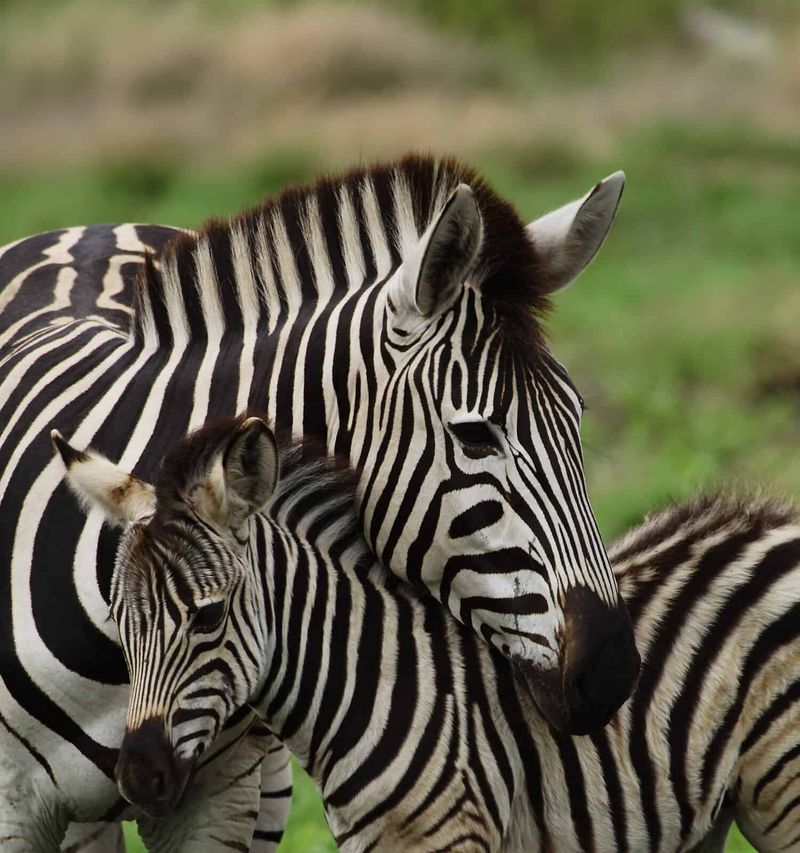
Zebras are driven by strong instinctual behaviors that have been honed over millennia for survival in the wild. These instincts guide their reactions to predators, social interactions, and environmental changes.
Domestication often requires the suppression or alteration of these instincts to align with human needs. However, the deep-rooted nature of zebra instincts makes them resistant to such changes. Their survival-driven behaviors are difficult to modify, presenting a significant challenge to domestication efforts, as these instincts are integral to their identity and survival.
Shortened Lifespan in Captivity
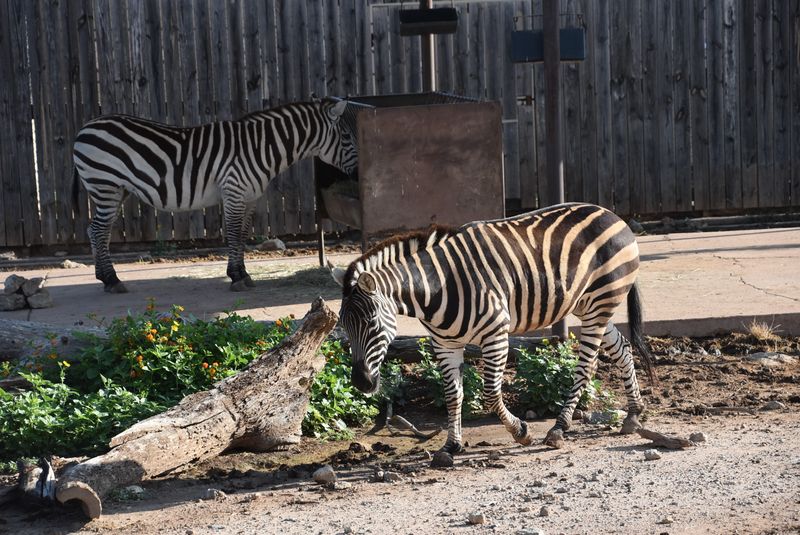
Zebras often experience a shortened lifespan when kept in captivity, a factor that highlights the challenges of domestication. The stress and confinement associated with captivity can lead to health problems and a decrease in overall well-being.
A domesticated environment lacks the stimulants and challenges of the wild, which are essential for a zebra’s health and vitality. This reduction in life expectancy under human care underscores the difficulties in providing an environment that meets all their needs, further complicating domestication efforts.
Complex Reproductive Behavior
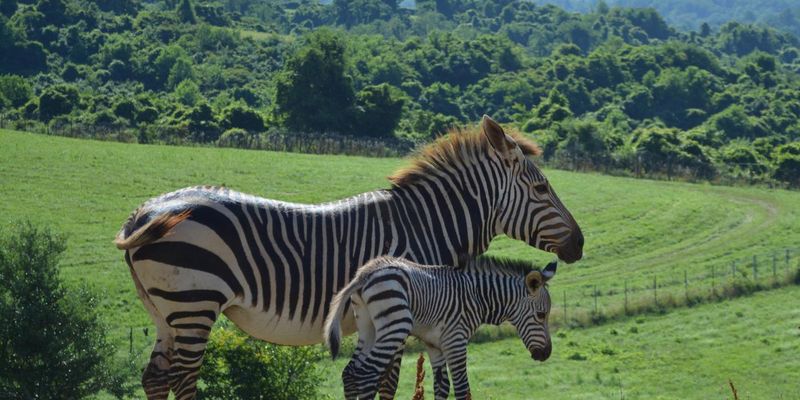
Zebras exhibit complex reproductive behaviors that are intricately tied to their social structures and environmental conditions. Successful reproduction in the wild relies on specific cues and interactions.
Replicating these conditions in captivity is challenging, as it requires a deep understanding of their mating rituals and social dynamics. The complexities of zebra reproduction present a hurdle for domestication, as failure to accommodate these needs can lead to unsuccessful breeding attempts and further resistance to domestication efforts.

